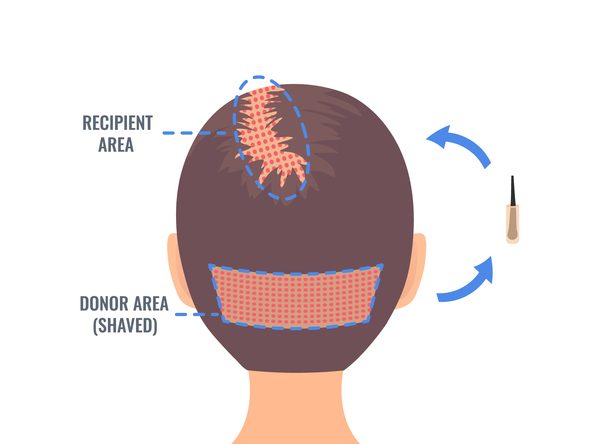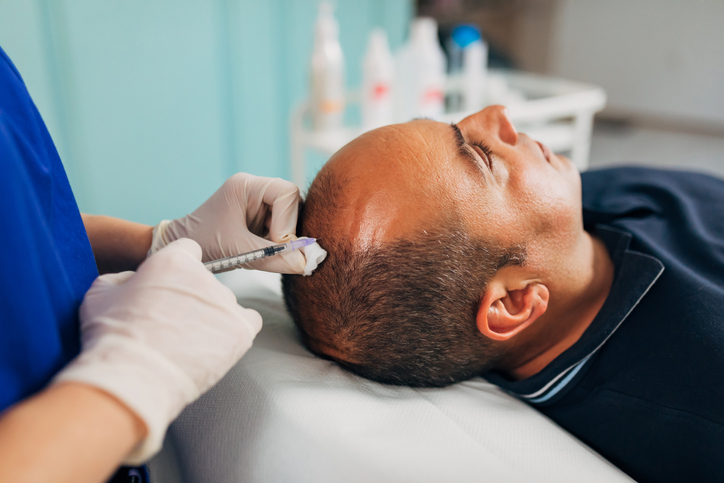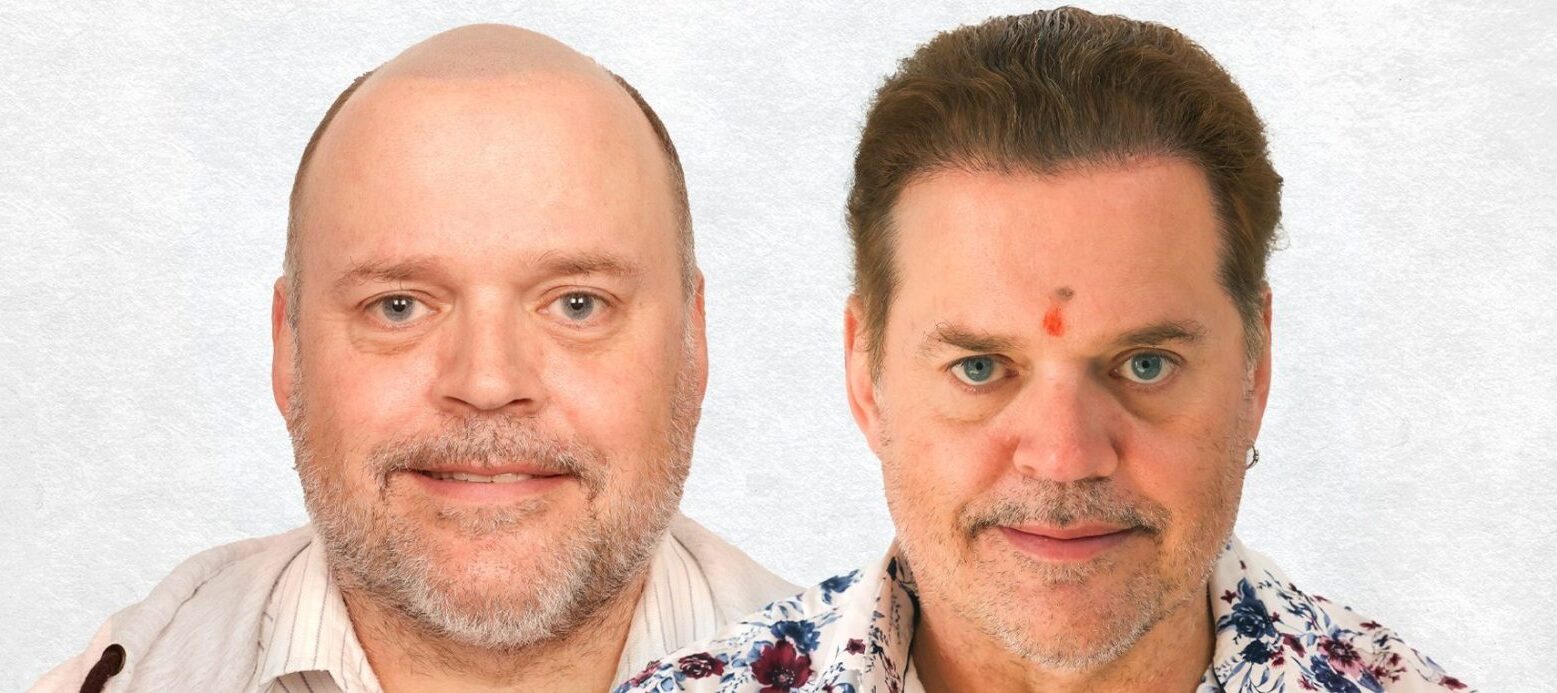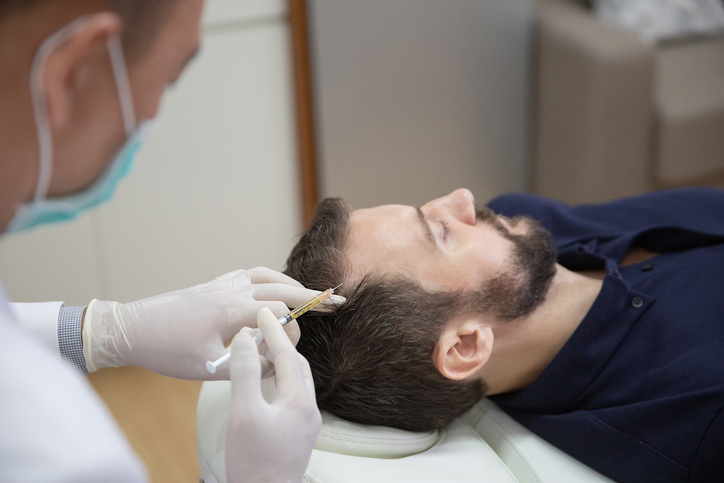If you are considering a hair transplant in the UK, it is important to have a comprehensive understanding of the process involved. Let us take a closer look into the contours of a hair transplant procedure, from initial consultation to post-operative care.
- Consultation and Assessment:The first step in the hair transplant process is an initial consultation with a qualified hair transplant surgeon. During this consultation, the surgeon will assess your hair loss pattern, discuss your goals and expectations, and evaluate the donor area, which is typically the back and sides of the scalp. They will also inquire about your medical history and any underlying conditions that may impact the procedure’s suitability.
- Determining the Surgical Approach:
Based on the assessment, the surgeon will recommend the most appropriate surgical technique for your specific needs. Two common techniques used in hair transplantation are Follicular Unit Transplantation (FUT) and Follicular Unit Extraction (FUE). FUT involves removing a strip of scalp from the donor area and dissecting it into individual hair follicles for transplantation. Conversely, FUE involves extracting individual follicles directly from the donor area using a specialised instrument. - Preparing for the Procedure:
Before the hair transplant surgery, the surgeon will provide instructions on how to prepare for the procedure. This may include guidelines on avoiding certain medications, smoking cessation, and alcohol consumption. It is essential to follow these instructions meticulously to ensure a successful surgery. - The Transplant Procedure:
On the day of the surgery, you will be given local anaesthesia to ensure your comfort during the procedure. The surgeon will then harvest the donor hair follicles based on the chosen technique (FUT or FUE). In FUT, the donor strip is carefully removed and sutured, leaving a thin scar that can be easily concealed by surrounding hair. In FUE, individual follicles are extracted using a small punch tool. These extracted follicles are then prepared for transplantation. - Recipient Site Creation and Transplantation:
The surgeon will create tiny incisions or recipient sites in the balding or thinning areas of the scalp. These sites are strategically designed to mimic the natural hair growth pattern, ensuring a natural-looking result. The prepared hair follicles are then transplanted into these recipient sites, taking into account the angle, direction, and density required for a seamless outcome. - Post-Operative Care:
After the hair transplant procedure, you will be given specific post-operative care instructions. This may include guidelines on washing and caring for the transplanted area, avoiding strenuous activities, and taking prescribed medications. It is crucial to adhere to these instructions to promote proper healing and optimise hair growth. - Recovery and Growth:
The recovery period following a hair transplant can vary from person to person. Initially, there may be some mild swelling, redness, and scabbing in the donor and recipient areas. These typically subside within a few days to a week. Over time, the transplanted hair follicles will enter a resting phase before new hair growth begins. It is important to note that the transplanted hair may shed initially, but new hair will gradually emerge within a few months. Full results can typically be seen within 9 to 12 months after the procedure. - Follow-Up and Maintenance:
Regular follow-up appointments with your surgeon are essential to monitor the progress of your hair growth and address any concerns or questions you may have. The hair transplant clinic will provide guidance on maintaining the transplanted hair, including recommendations for hair care products and styling techniques. It is crucial to follow these recommendations to preserve the longevity and appearance of the transplanted hair.
In conclusion, understanding the hair transplant process and is vital for anyone considering this procedure in the UK. From the initial consultation to post-operative care and maintenance, each step plays a crucial role in achieving successful outcomes. By choosing a qualified and experienced hair transplant surgeon, following pre and post-operative instructions diligently, and maintaining regular follow-up appointments with the clinic, you can embark on your hair restoration journey with confidence, knowing that you are well-informed and prepared for the process ahead.





